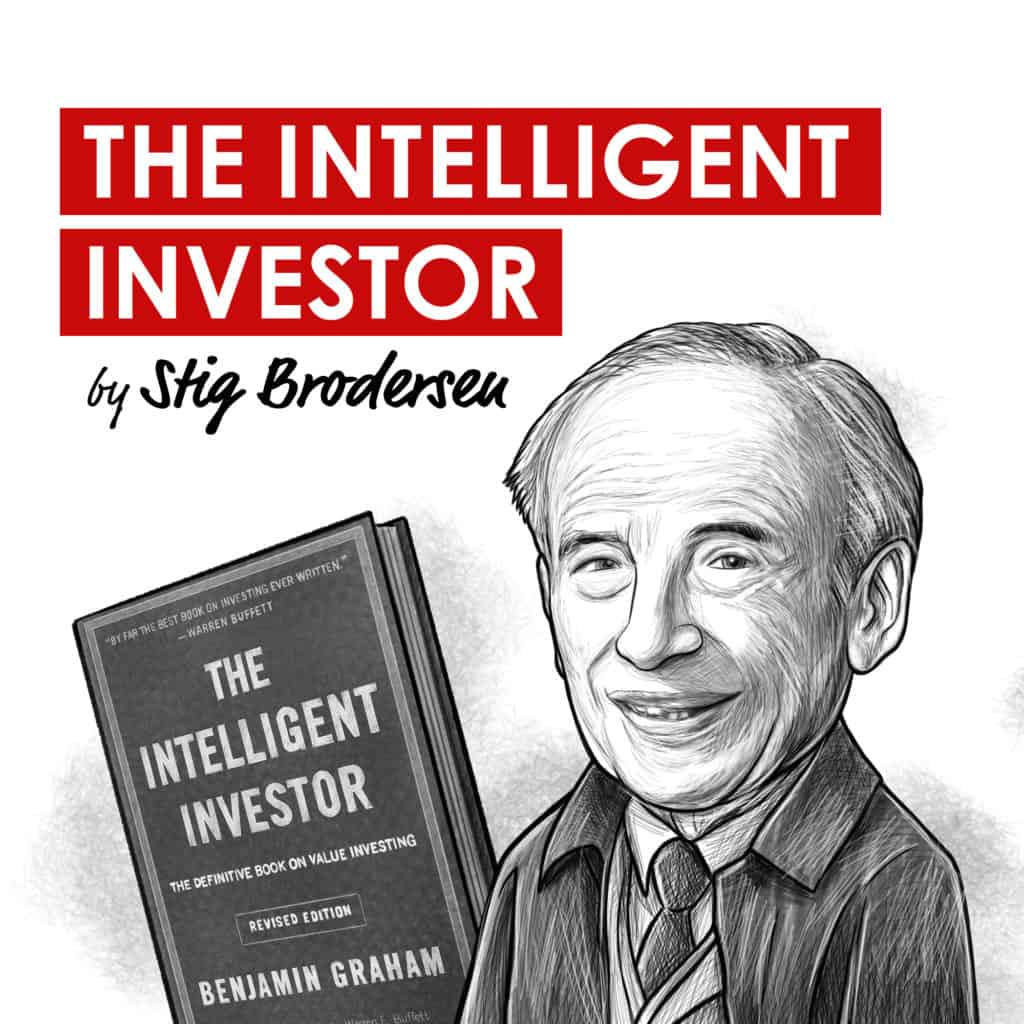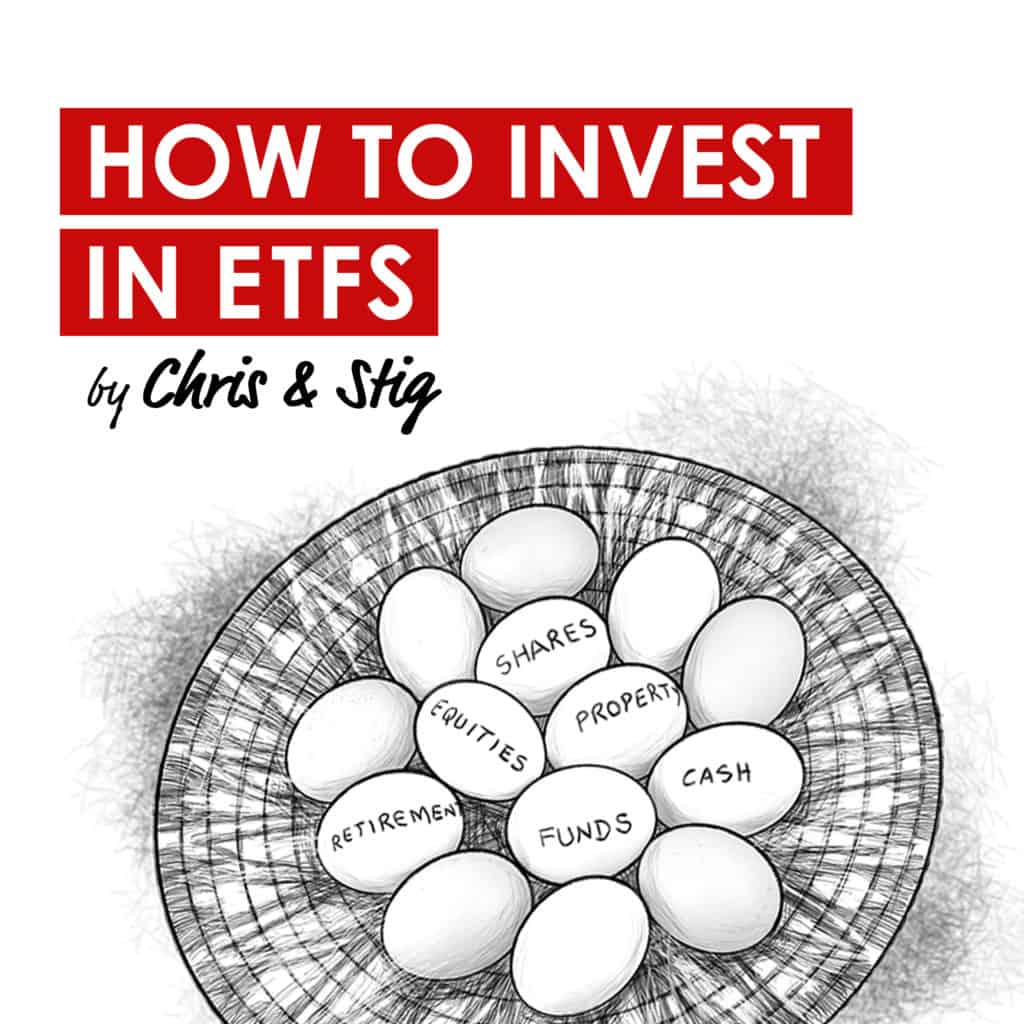Understand the financial markets
in just a few minutes.
Get the daily email that makes understanding the financial markets
easy and enjoyable, for free.
What is the January Effect? Explanation and Potential Causes
By Rebecca Hotsko • Published: • 8 min read
If you’ve been wondering why the market has held up fairly well this year despite the gloomy economic developments, sluggish growth, and downgrades in analysts’ earnings estimates for the year, then make sure to keep reading.

There are a few underlying factors that explain the markets’ unexpected resilience this year, particularly the strong gains seen in January. This article explores one of those factors, highlighting a market anomaly that investors should take note of- the January effect.
WHAT IS THE JANUARY EFFECT IN THE STOCK MARKET?
The January effect is a phenomenon where stocks tend to rise more during the month of January compared to other months. While this trend is typically more prevalent in smaller companies, it has also been observed in the S&P 500 in some years.
Is the January Effect real?
To give a bit of context, the January Effect was first identified by investment banker Sidney B. Wachtel in 1942. He looked at data starting in 1925, and observed that small-cap stocks tended to perform better than large-cap stocks, with most of the outperformance occuring in the first half of January.
Since then, various studies have been conducted to examine the extent of the January Effect. For instance, Wachtels observation was supported by a later study that analyzed market return data from 1904 to 1974. The study found that stock returns were significantly higher in January, about five times higher than any other month. He found this was particularly true with small cap stocks.
Another study by Salomon Smith Barney, covering the period from 1972 to 2002, found that small-cap stocks outperformed large-cap stocks by an average of 0.82% during January but then underperformed throughout the entire year.
More recent monthly return data for the S&P 500 from 1900 to 2023 shows that January does in fact, tend to be the strongest month on average, while February and March tend to be significantly weaker on average.
Chart: Average and Median Returns By Month


Does the January Effect still exist?
Several studies have confirmed that the January Effect exists, however it’s been inconsistent across decades, and some criticize its diminishing impact over time. Despite the early evidence suggesting it mostly occurs in the small-cap market, the phenomenon has also been observed in S&P 500 companies since the 1900s.
It’s important to note that the month of January does not always outperform and may not always materialize as expected. For example, data shows that small caps underperformed large caps in January of 1982, 1987, 1989 as well as in 1990.
Also, the relative outperformance of small cap stocks found in some studies may also be a product of the small cap index they chose to use and may not be indicative of all small cap stocks. Namely, some studies found prevalence of the January Effect in small cap stocks when referencing the Russell 2000 index, which is a flawed index due to its mechanical rebalancing that allows market participants to front run trades before the index does, a topic I have written about previously. This means that the existence of the January Effect found in the studies that used the Russell 2000 index could be explained due to the mechanical rebalancing of the index rather than being evidence of the market anomaly.
WHAT CAUSES THE JANUARY EFFECT?
One explanation for this phenomenon is tax loss harvesting, where investors dump their poorly performing stocks in December to record a capital loss for the year, and lower their tax obligations. This selling pressure causes a temporary dip in stock prices at the end of the year followed by a rebound in January when investors start buying again. Research from AQR Capital found that small stocks generally outperform large stocks by 2.1% in January on average from 1926 to 2017.
It’s worth considering that the January Effect may also have a psychological underpinning. Some investors may view the new year as a time to make resolutions and plan for the future, including their investment strategies. This renewed sense of purpose and optimism may lead them to try new things, such as investing in the stock market. As a result, the January Effect may be partly driven by this psychological factor, contributing to the uptick in stock prices during the first month of the year.
The expectation of the January Effect actually created another market anomaly in December called the Santa Claus rally- where many investors buy stocks that are cheaply priced in order to try and take advantage of the January effect by selling at increased prices.
While both the Santa-Claus rally and the January effects are trends worth monitoring, in general, they are not a reliable way for investors to reap easy short-term earnings.
Understand the financial markets
in just a few minutes.
Get the daily email that makes understanding the financial markets
easy and enjoyable, for free.
STUDIES AND CRITICISM
Although there is evidence supporting the existence of the January Effect since the 1900s, some experts have observed a decline in its strength in recent decades. Back in 2017, research from Goldman Sachs suggested that the January effect no longer exists based on their 20 year data analysis of stock returns. They found that returns during the month of January had decreased compared to historical figures dating back to 1974.
Others criticize that while this effect was more prominent in the 20th century, in recent years the data is much more random, particularly for the S&P 500 companies. For example, a more recent analysis by Investopedia supports the claim that the January Effect has diminished for S&P 500 companies.

They found that over the past 30 years there have been 17 instances where January resulted in gains (57%) and 13 instances where January resulted in losses (43%). Similarly, since the start of the market rally in 2009 through January 2022, there have been eight winning January months and six losing ones, representing a 57% to 43% split. These figures suggest that the odds of a gain in January are only slightly higher than a coin toss.
SHOULD YOU TRY TO USE IT? CAN YOU MAKE MONEY?
For long term buy-and-hold investors, trying to capitalize on the January Effect is likely not a worthwhile strategy. Remember that for long term investing, the most important driver to building wealth is more time in the market. This means it’s far better to get invested early, and stay invested, rather than try to time your purchases surrounding certain months. Even if this trend were to continue in the future, it shouldn’t alter your investment strategy in any meaningful way.
However, if you assume the effect is real in some market segments and are looking to add new positions of small cap stocks, one potential strategy could be to buy in December instead of January when prices tend to rise on average.
That said, market timing based on seasonal trends may lead to more harm than good. Instead, a buy-and-hold strategy focused on long-term investment goals is likely to be the most effective approach. Therefore, be cautious about making short-term predictions based on the calendar.
WHAT IS THE JANUARY BAROMETER?
The January effect should not be confused with the January barometer, which says that stocks’ performance in January can be an indicator of how the stock market will perform throughout the year. According to some traders, the direction of January’s trading (gain/loss for the month) has predicted the course of the rest of the year 75% of the time.
FREQUENTLY ASKED QUESTIONS ABOUT THE JANUARY EFFECT
Understand the financial markets
in just a few minutes.
Get the daily email that makes understanding the financial markets
easy and enjoyable, for free.
About The Author

Rebecca Hotsko
Rebecca Hotsko is an investor and entrepreneur based in Canada. Most recently, she co-founded a luxury boat sharing club in Kelowna B.C. Rebecca graduated from the University of Saskatchewan with a bachelor’s degree in Economics and since has completed CFA level I and II. In prior years, Rebecca gained valuable experience working as an analyst for the Bank of Canada, the federal energy regulator and in investment management. Her passion for teaching others how to invest using time-tested strategies backed by empirical data also led her to create an investing blog in 2020.
Rebecca Hotsko
Rebecca Hotsko is an investor and entrepreneur based in Canada. Most recently, she co-founded a luxury boat sharing club in Kelowna B.C. Rebecca graduated from the University of Saskatchewan with a bachelor’s degree in Economics and since has completed CFA level I and II. In prior years, Rebecca gained valuable experience working as an analyst for the Bank of Canada, the federal energy regulator and in investment management. Her passion for teaching others how to invest using time-tested strategies backed by empirical data also led her to create an investing blog in 2020.







